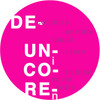Voices Otherwise: Translocal Sounds
Circassian sound archives collected by ORED Recordings in the space of knowledge production.
- Empty Vessels
- Sound is a Filled Formless Vessel
- Къебгъажьэр – хабзэщ [K'ebgyazhier – khabzeshch] What you begin makes a tradition
- 01 / pre war МафIэ уиIэ? [MafIe uile?] Do you have a fire?
- 02 / Russian-Caucasian War Уей дыкъалхъу мыгъуэри, уей дыкIуэдыжа мыгъуи… [Uey dik'alkhyu meg'ueri, uey dikIyuedizha meg'ui... ] We were born and faced doom.
- 03 / Kayseri Къайсэр истасьон [Kayser istasyon] Kayser station
- 04 / Samsun Höhner адыгэ [Höhner Adyge] Höhner Circassian
- 05 / Syria and Jordan Зазу Дахэ [Zazu Daheh] Beautiful Zazu
- 06 / Soviet period Хэкум и плъыжь махуэхэр [Hekum i pl'yzh makhueher] Red Days of the Motherland
- 07 / Нобэ Нобэ [Nobé] Today
Can you imagine that you are sound?
― Pauline Oliveros
listen
imagine purely
as sonic
― fahima ife
Empty Vessels
A few lines above, unimaginable ideas are proposed: thinking by sound? Sonorithynking? Am I sound? Okay, then what am I? Curiosity about this direction is palpably high, while the ability to talk about it is incredibly difficult. Is it rationally possible?
The strictly formal modernist “empty vessels” of the era of maximizing rational thinking raised the bar of the segregationist “civilizing mission” to such an exclusive height that waves of visible and transparent violence of incredible magnitude occurred and continue to occur beneath it.
This is not an abstract highbrow word game. It is just slow.
In slow reading mode, no faster than 24bpm:
The “civilizing mission” is a segregating, dehumanizing tactic used by dominant colonial structures to legitimize anti-human crimes (slavery, massacres, ethnic cleansing, racism). The objectives of this tactic are often economic and completely unethical. Therefore, the mask of “civilization” is often used to justify crimes.
The era of rational thinking is the 20th century and the unfolding 21st century. A time when the belief in understanding and the ability to explain everything reached its zenith, while at the same time stigmatizing the unknowable, the intangible, the spiritual. Note the word “belief” in the previous sentence. Yes, it is very contradictory, and yet it is a functioning mechanism.
The reverse side of modernism is the division of the cultural and epistemological spaces of planet Earth into “developed” and “undeveloped,” based on the forceful domination of the colonial system, which determines the “norm” of “development”. The reverse side of modernism is slavery, colonialism, extractivism, climate catastrophe, the migration crisis, not a day without war for the last 200 years.
Empty vessels are a metaphor for the achievement of heights of abstract thinking, one of the results of which was the erasure of the archives of colonized peoples. The domination of form over content. The simplification of communication and knowledge to the point of mastering the form in which they are placed. A great tragedy, to write it faster.
Power has taken control of form and outline; while meaning and content has become a problem and is either removed, erased, ignored, or stigmatized. Empty vessels are important to the dominant power; they can be filled unilaterally to fulfill its desires without connection-interchange with Others, but to manipulate and control Others.
Let’s sped up to 120 bpm:
Sound is a Filled Formless Vessel
So it is that every sound
to which one listens for
a long time becomes a voice.
Sounds speak.
― Michel Chion, Sound. An Acoulogical Treatise
The colonial structures' desire to modernize and thereby empty the “vessels” was incredibly monstrous, but it was not fully realized. Filled vessels, formless relations, ways of conversation and memory remained. One of them is sound. Thinking and communicating through sound preserved the archives of those who were banned from or couldn’t get literacy. What Pauline Oliveros and fahima ife ask us to do at the start of this text is something that’s been practiced by many generations across the plenty of cultures of this planet. Moving on to 60 bpm, we can cite the example of blues as an archive, a philosophy, a system of production and transmission of knowledge:
Born in the Delta city of Vicksburg, Mississippi, in 1915, the late bluesman Willie Dixon worked tirelessly to get the blues recognized as a social philosophy and to get its performers the respect they have been so systematically denied. In his 1990 autobiography I Am the Blues, he explains how the working-class African American representational structure, the blues, has maintained its grip on a constantly shifting reality despite the pressures of falsification, distortion, romanticism, cynicism, piracy, and commercialization: “All the blues songs actually related back to Africa or some African heritage things … By knowing about yesterday, how things came along and are still advancing, it can give you a greater idea of what the future could be. This is why the blues represents the past, the present and future …
― Clyde Woods and Ruth Wilson Gilmore.Development arrested. The Blues and Plantation Power in the Mississippi Delta.
Sound archives have become a form of resistance and disobedience. Not always as a conscious tactic, but perhaps even more often as a natural tendency of memory to find space to exist and continue the narrations. Something more powerful and lasting than the brutal games of seizing power and resources.
Like a stealth party guest that can be at once there and not there, any space is irrecoverably altered by music’s travers. Even if it is undetected and erased, corralled and controlled, music turns up in locations, disciplines, and archives without a proper visa. Music has ways been a nurturing, shifting ground for the undercommons of the Enlightment.
― Alexandra T. Vazquez, Listening in Detail: Performances of Cuban Music.
Let’s suppose that the formless nature (formation) of sound is what allowed this method of memory and knowledge production to exist, despite multiple attempts to wipe it out. The desire to take control of the form of “empty vessels” by colonial institutions left a formless space for other archives and knowledge, for resistance, for dignity, and for decolonial ideas.
This is “the time to return,” in Indiana’s resonant call, to Armstrong’s cognitive musicianship and writing, collaging, archiving where cognitive mapping performs as gappings “because the music already is criticism.” Brent Hayes Edwards argues that music itself produces thought and rearranges the production of knowledge.
― Sandra Ruiz & Hypatia Vourloumis, Formless Formation: Vignettes for the End of This World.
Let’s listen in different tempo modes, but deeply and passionately.
Wherever we are, what we hear is mostly noise. When we ignore it, it disturbs us. When we listen to it, we find it fascinating.
― John Cage, Silence: Lectures and Writings.
Къебгъажьэр — хабзэщ
[K’ebgyazhier — khabzeshch]
What you begin makes a tradition

It is very windy on the square; the sun is coming out occasionally. People see each other as soulless moving objects. Dynamically, bodies pass next to one another without collisions. This square is all about being practical, isn`t it? Not about meeting, spending time. In no way was it ever thought to make people feel cozy or at home. And yet it is possible to add just one element to let the sense of belonging rise. In June 2025 ethnographic label ORED RECORDINGS from Nalchik became a resident of Voices Otherwise organized by de_colonialangage collective. During their stay in Open Air Museum of Decoloniality, Alexanderplatz, Berlin, ORED set up a circle of seven carpets each provided with speakers. On every carpet the public could dive into a playlist of Circassian sound collected by ORED according to theme and historical period.
James C. Scott refers to oral history and music as an elaborate approach that is perfectly formed to “keep the state at arm`s length.” The performance of ORED was an unexpected display of these tools in action. Unlike during previous performances with solid objects, speakers with music weren’t perceived as threatening to the Berliner police. Nobody came from the Station that was standing several meters away. Instead, another form of communication was set in motion. The knowledge invisible to the passers appeared on the surface. Those who could recognize Circassian music were somehow stopped in the middle of their paths. People, if interrupting their intentions to move forward, were reacting vividly, staying next to carpets longer than one would expect, laughing and even dancing in the groups. The music was functioning as a sieve or fish net. What seemed to be airy and abstract to others revealed itself as an actual medium that was long connecting people, but most importantly was able to activate them in a blink of an eye.
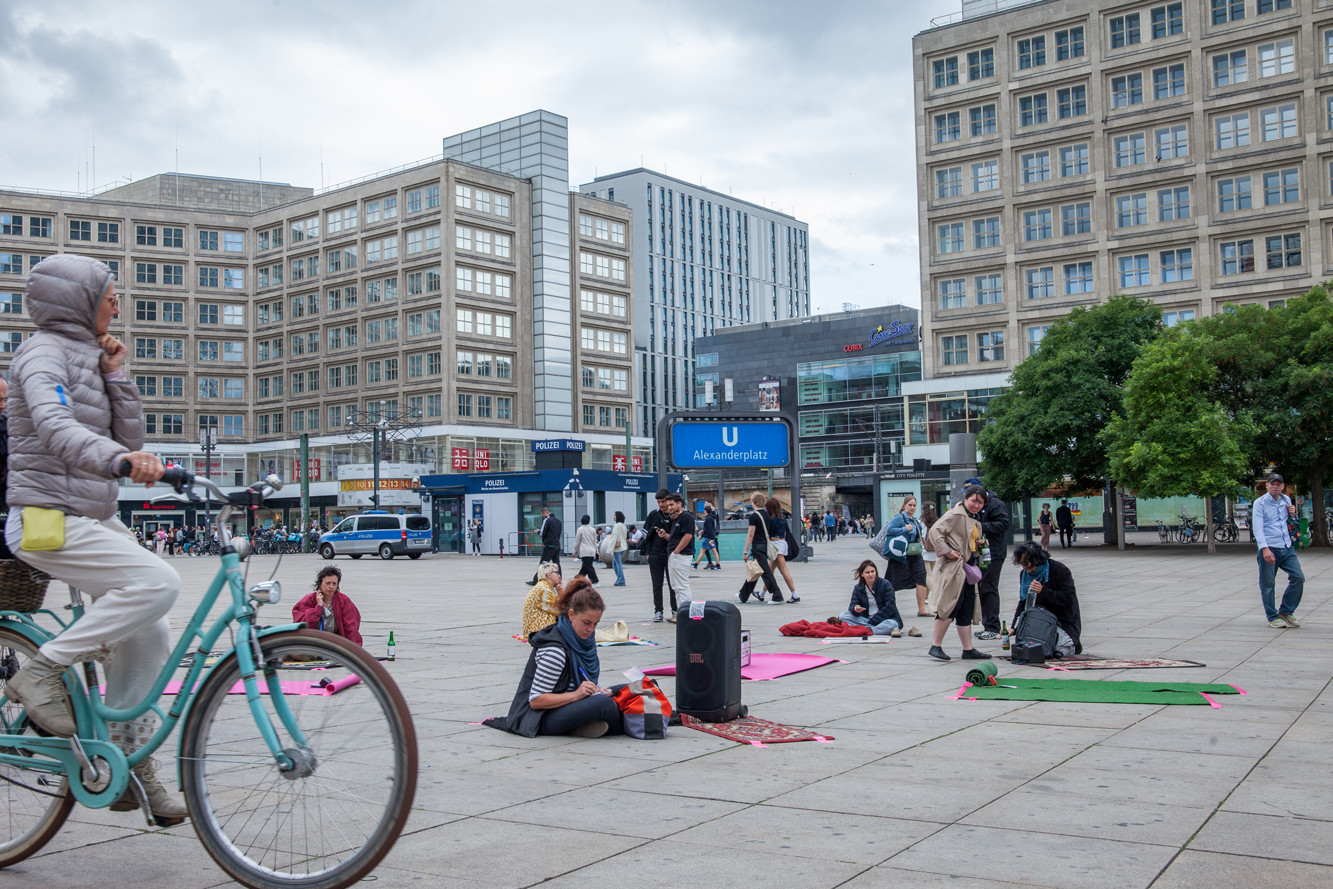

Later Timur and Bulat, members of ORED gave a storytelling lecture on Circassian music in Chtodelat Emergency Project Room. Combination with collective cooking og Лæхъуымæ [Kabardian lakums] enabled people to ground themselves and learn more about the collection of sounds.
It made us think of some paradoxicality: a decolonial project in Berlin on the square named after the Russian Empire — is a characteristic feature of this sound installation and our activity in general. ORED is an ethnographic label with Circassian origin, one of the peoples of the North Caucasus that has a vast history of colonial trauma. From 1763 to 1864 Circassians were in a state of war for independence against the Russian Empire, that resulted in genocide of Circassians. Most of the population was either killed or exiled outside Circassia — to the Ottoman Empire. Russia won the war and now the historical territory of Circassia is the so called “South of Russia". Today, more Circassians live in the diaspora than in the Caucasus. All this has affected oral tradition, music, professional art, memorial practices, historical memory and all contemporary life.
ORED RECORDINGS is a label that has been documenting, studying, publishing and promoting traditional and local music of the peoples of the North Caucasus since 2014. We try to combine a documentary approach with a curatorial approach and approach the music of the region not just as ethnographic material or heritage, but as relevant contemporary culture.
We have put together 7 playlists / chapters in which we have collected music according to the principle of genre, theme or locality. These are curatorial sound collages, which can be called neither an anthology nor a collection of “the best”. The recordings are chronologically inconsistent and have overlapping themes, just as it happens in life. This absence of geographical and temporal boundaries is the essence of contemporary Circassian musical culture. This is our reading of translocality.
01 / pre war
МафIэ уиIэ?
[MafIe uile?]
Do you have a fire?

The first playlist/collage/mixtape is devoted to music from the so called pre-colonial period. These are ritual songs or пшыналъэ [phynatle] ballads about mythical Nart characters. It is difficult to determine the age or period of creation of these songs. Especially since the songs were constantly changing and incorporating influences and narratives from different years. If a song is about a battle, it is a tale of courage and glory. And ritual melodies refer to nature spirits and pre-Abrahamic deities as well as Christian saints or Islamic terminology.
So despite the concept of songs from before the period of the Russian-Caucasian War, we suggest that you do not plunge into archaic antiquity, but instead hear how these stories and sounds have come down to us in the reading of living culture bearers.
02 / Russian-Caucasian War
Уей дыкъалхъу мыгъуэри, уей дыкIуэдыжа мыгъуи…
[Uey dik’alkhyu meg’ueri, uey dikIyuedizha meg’ui…]
We were born and faced doom.
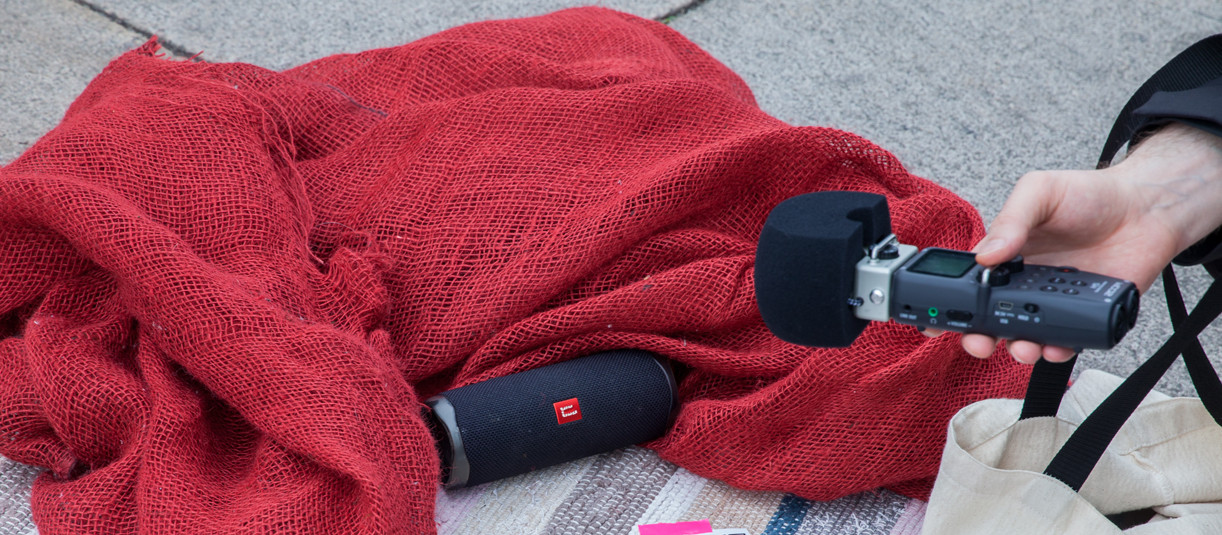
This playlist consists of songs from the Russian-Caucasian war. A very broad, popular and, unfortunately, still relevant today corpus of Circassian music. Popular because the topic of Circassian genocide is unreflected and squeezed out of official discourse.
In these songs, anti-colonial pathos is juxtaposed with almost apocalyptic sentiments — the warriors are not too hopeful of defeating the empire, but rather aim to leave, defying the enemy and preserving their honor. Islamic symbolism of gazavat — war against infidels and shahid — righteous warriors become central to these songs. Circassian folklorists note that these are rather metaphors that connect to pure Circassian philosophy. But the truth, as it seems to us, is somewhere in between.
03 / Kayseri
Къайсэр истасьон
[Kayser istasyon]
Kayser station
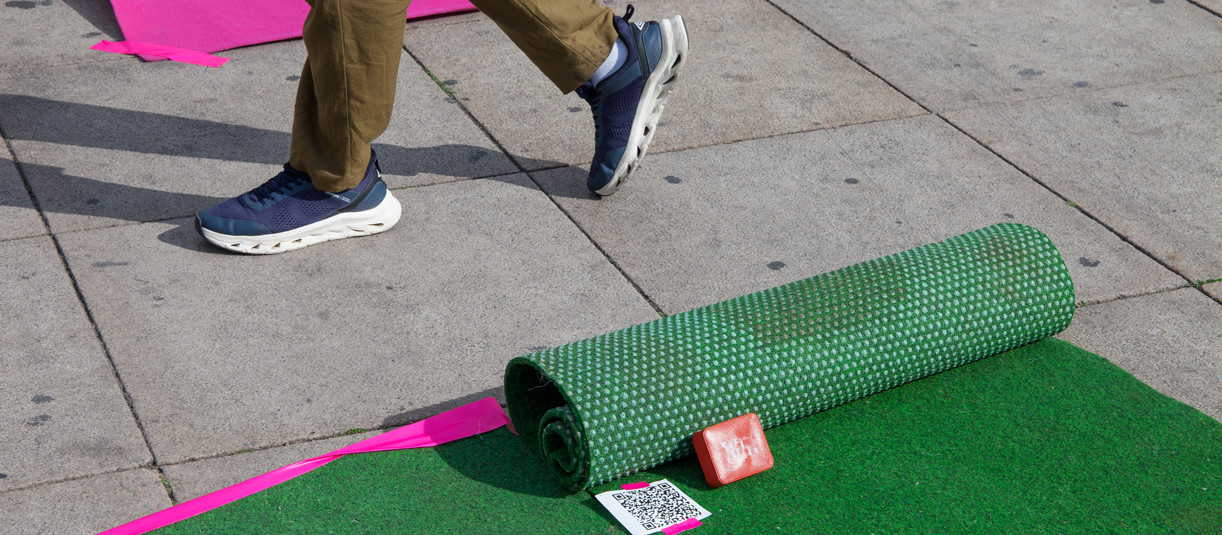
The largest Circassian diaspora is in Turkey. Circassians settled there on approximately the same principle as in their homeland. Anatolian diaspora can be roughly divided into Eastern and Western. One of the centers of the Eastern Circassian diaspora can be referred to as a settlement near the city of Kayseri. Folklorists even today mark it as a certain oasis where Circassians preserve their language, traditional social attitudes, folkloric plots and, of course, music. In the thematic playlist we have collected wedding tunes and songs that blur the line between local tradition and pop music.
04 / Samsun
Höhner адыгэ
[Höhner Adyge]
Höhner Circassian
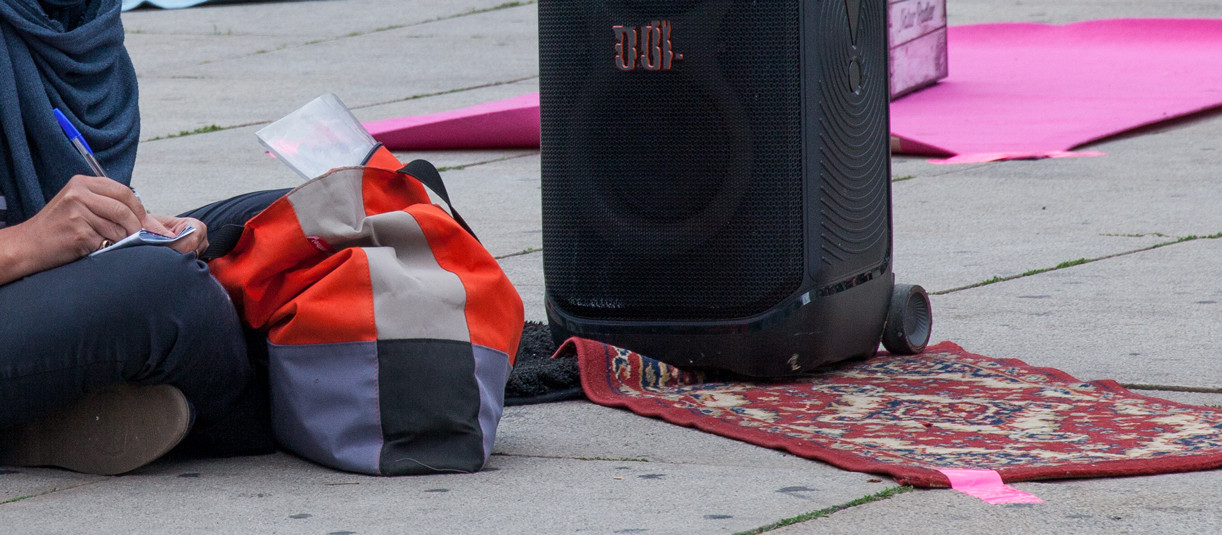
This playlist is dedicated to the western part of Circassian Diaspora in Turkey. Here are mostly records that ORED RECORDINGS made in the area of Samsun, Eskeshehir and Düzce district. Most of them are dance tunes played on the German diatonic harmonica Höhner. In the Diaspora, it is even called адыгэ пшынэ цIыкIу [adyge pshyne tsIykIu] (small Circassian accordion) and has become such an ethnic brand. In this way, people in this area have not only preserved its culture, but also created a sound that does not exist in their historical homeland.
05 / Syria and Jordan
Зазу Дахэ
[Zazu Daheh]
Beautiful Zazu
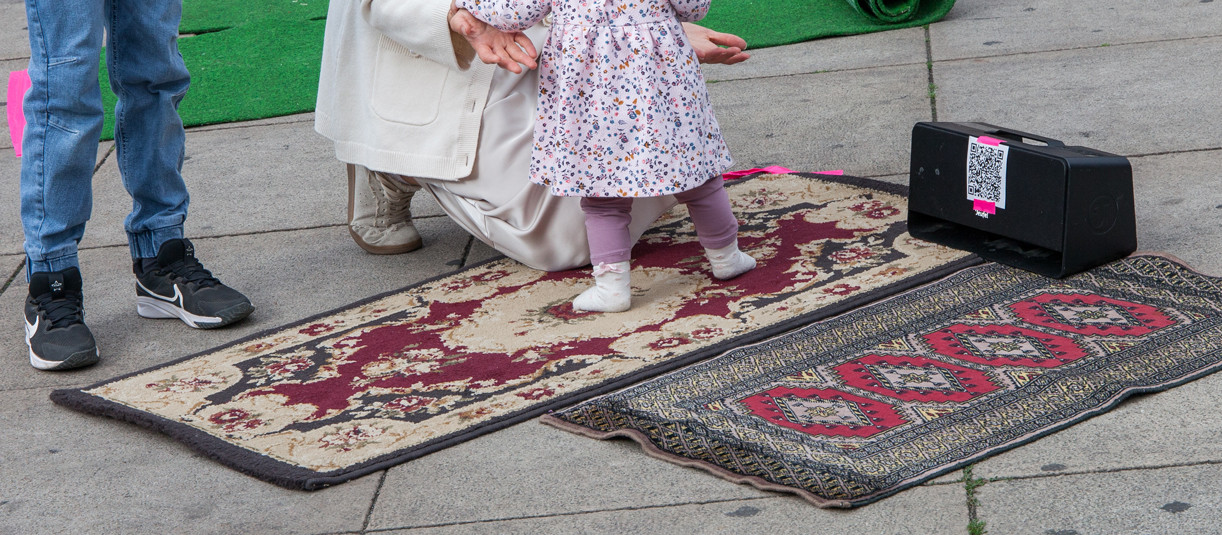
Another center of Circassian diasporic music is Syria and Jordan. There, Circassian singers, storytellers and instrumentalists have created a sound that is different from both the North Caucasus and other diasporas. Even dance tunes there sound more meditative and pensive. nstead of the usual rash of Circassian dances, the Syrian and Jordanian Circassians offer more of an immersive leaf-rolling session.
06 / Soviet period
Хэкум и плъыжь махуэхэр
[Hekum i pl’yzh makhueher]
Red Days of the Motherland
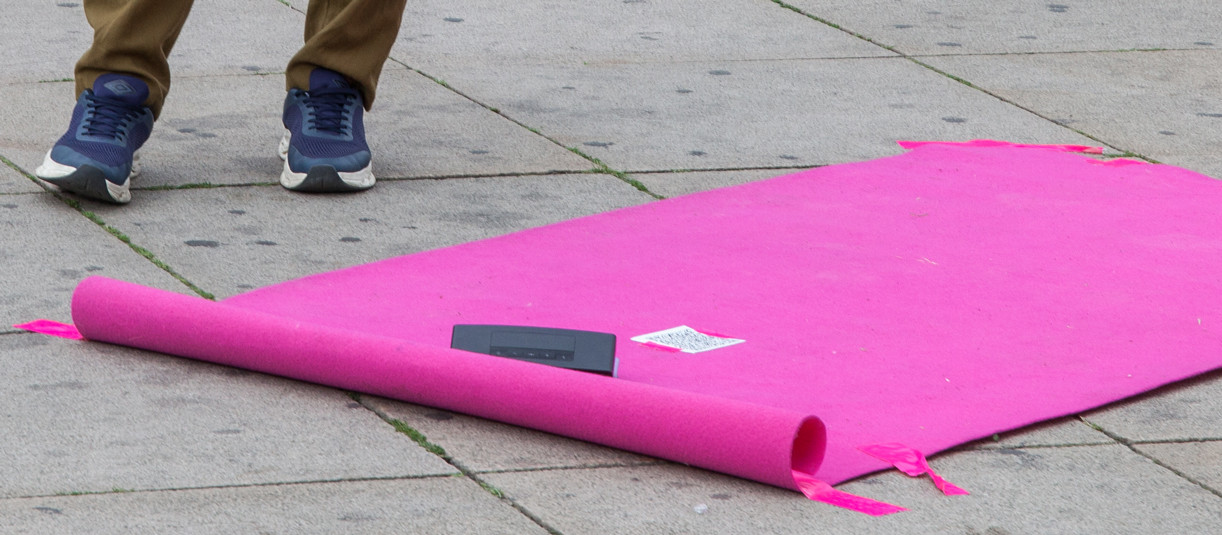
The Soviet period in Circassian music has a complex and contradictory character. Soviet cultural policy is generally colonial and exoticizing. It was a time when the government was building a new cultural identity, in which the declared “friendship of peoples” went along with the total orientalization and exoticization of “ethnic” cultures. In addition, traditional music was perceived by Soviet culture as a primitive resource for the creation of high art. Despite all the ideological and ethical controversy of the cultural production of that time, it gave us a lot of interesting experiments, strange but interesting cultural entanglements and outstanding personalities. Yes, cultural processes did not take place horizontally, but from the center to the regions. But among Circassians there were many composers, folk singers and instrumentalists who sincerely perceived Soviet ideas and created new but rooted in tradition music. In this playlist, academicism is intertwined with folk polyphony, and Soviet schlaggers with Circassian poetry.
07 / Нобэ
Нобэ
[Nobé]
Today

Circassian music does not stand still, and even on the contrary — it is actualized and reinvented. In the last few years, a new generation of young musicians has emerged, whom we at ORED RECORDINGS commonly call “post-traditional music” or “Circassian folk revival”. These are the same ritual, military or lyrical songs that have come down to us through archives or oral tradition, but played in a new way. At some point modern Circassians got bored with just restoring the old sound — musicians started experimenting and introducing elements or influences of other genres into their native music. From The Last of Us soundtracks and baroque music to droning ambient, hip hop or black metal. At the same time, the new bands didn’t create chimera or fusion — it’s still traditional Adyghe music. There is a reassuring decolonial potential in such reinterpretation: “This is our music and it is up to us to decide how it will sound today”.
Bulat Khalilov, Denis Esakov, Irina Denkmann
In this Voices Otherwise residency actively participated and helped it come to fruition:
ORED Recordings
de_colonialangauge collective
Chto Delat group
Irina Denkmann
Elsa Ochir
Bilge Ucar
Dzhuma Abakarova
Organized and supported by
Open Air Museum of Decoloniality by de_colonialanguage collective as part of Voices Otherwise residency program
Das Projekt wird aus Mitteln des Programms des Landes Berlin zur kulturellen Infrastrukturerhaltung und -entwicklung in den Bezirken (Bezirkskulturfonds) gefördert.

